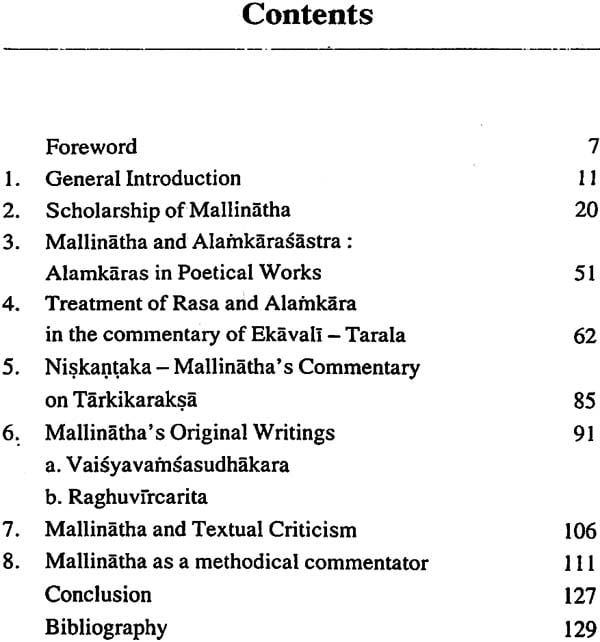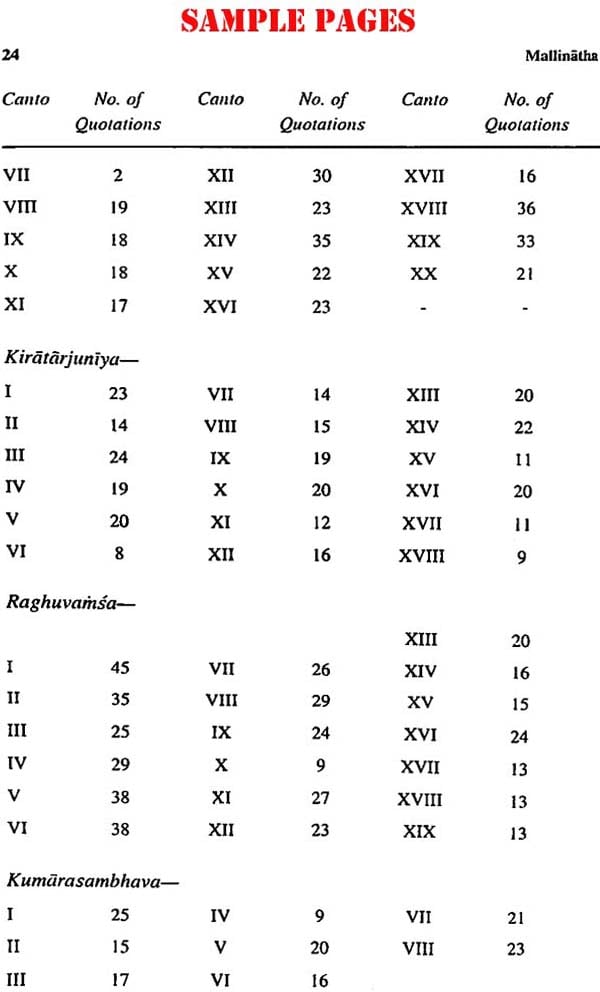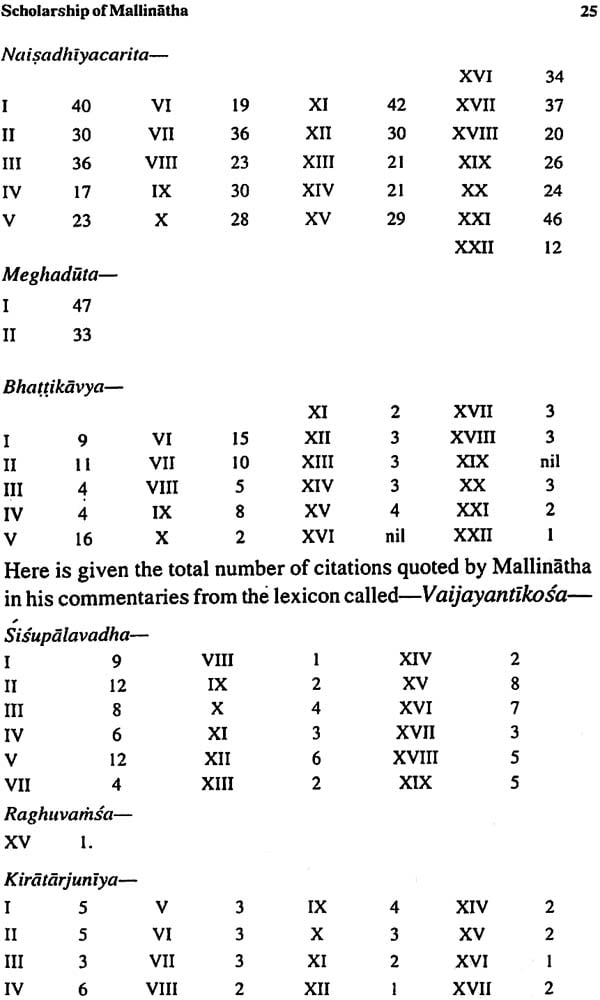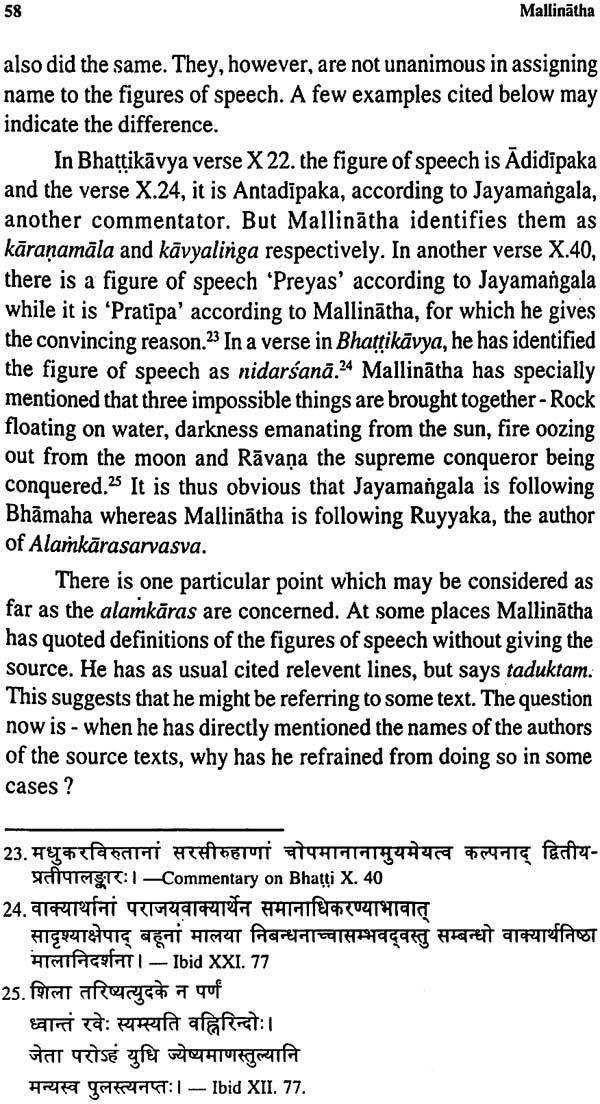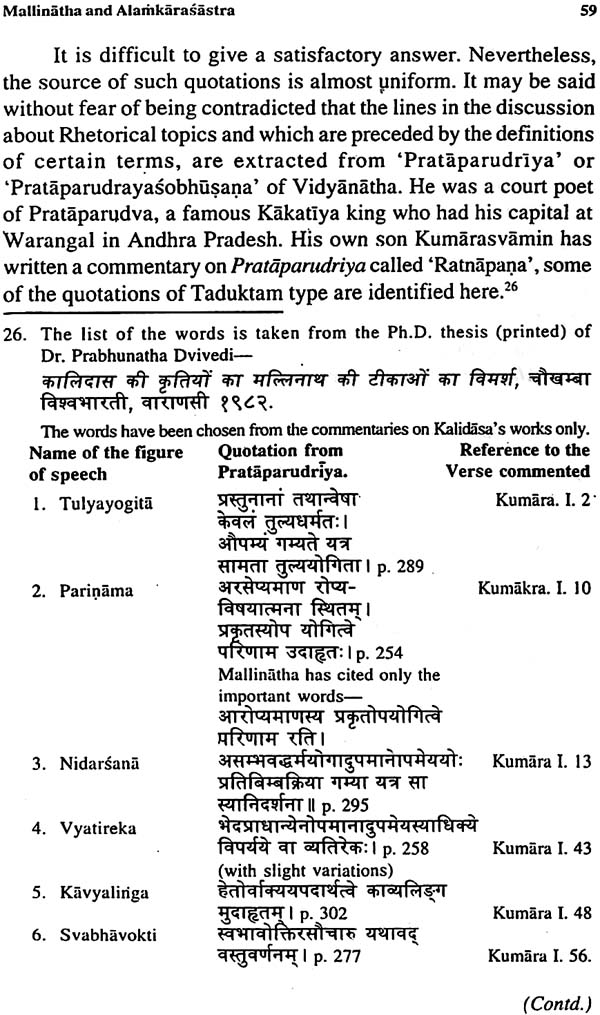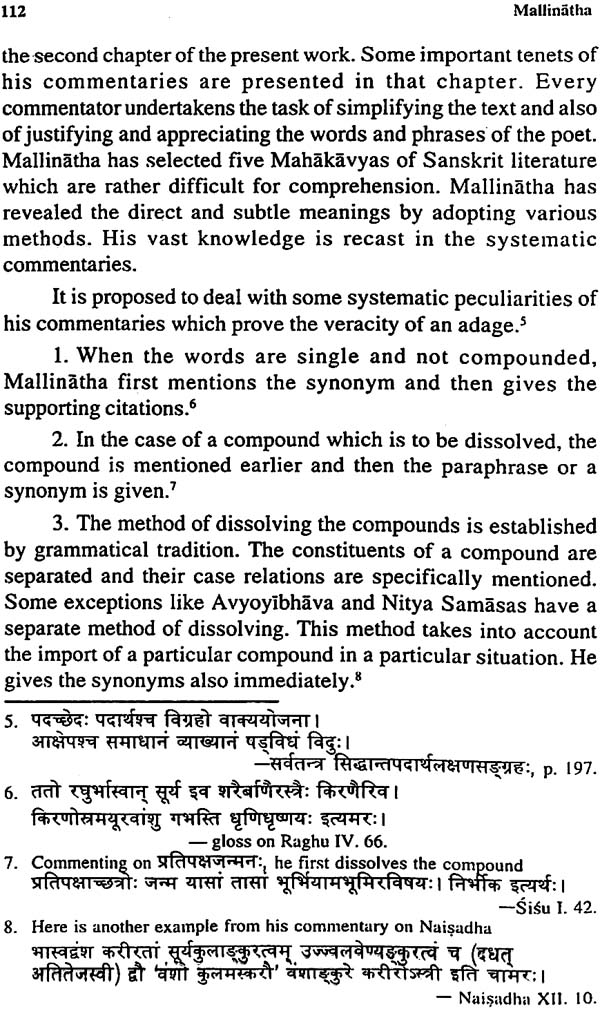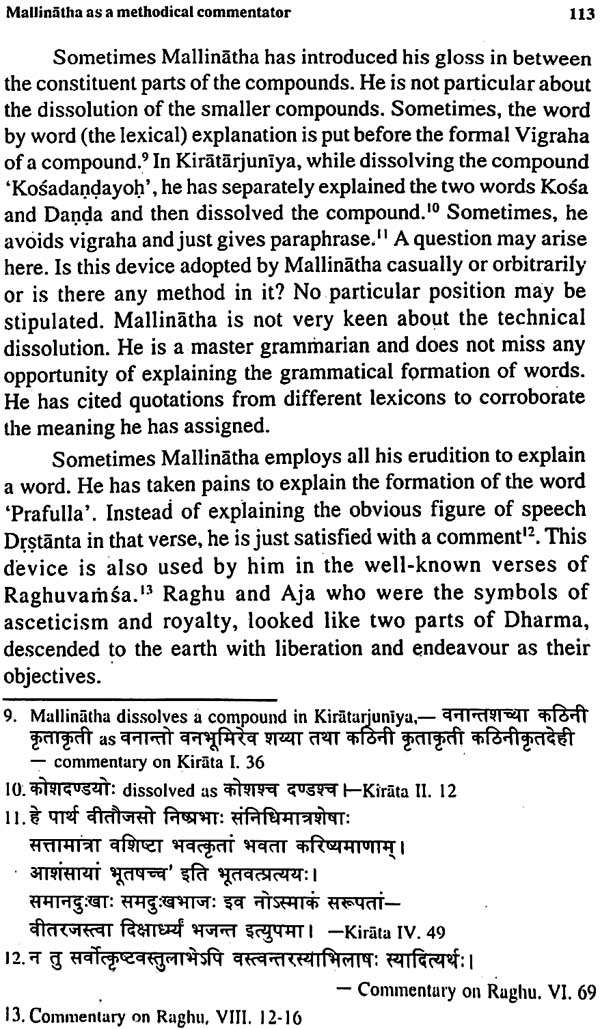
Mallinatha
Book Specification
| Item Code: | NAO792 |
| Author: | P.G. Lalye |
| Publisher: | SAHITYA AKADEMI, DELHI |
| Language: | English |
| Edition: | 2009 |
| ISBN: | 9788126012381 |
| Pages: | 130 |
| Cover: | PAPERBACK |
| Other Details | 8.50 X 5.50 inch |
| Weight | 100 gm |
Book Description
The moment we think of Sanskrit commentators, the name of Mallinatha obviously rushes to the memory. He is well known as a commentator who has written glosses. He is also regarded as a poet, the fact which is rather unknown to scholars, though the names of his creative compositions are known to the scholars.
In the present monograph, salient features of Mallinatha's commentaries are focussed. To highlight the achievements of Mallinatha, the author has introduced ' Mallinatha's epic Raghuviracarita, the Nyaya, commentary on the first Pariccheda of Tarkikaraksa; a brief summary of Vaisyavamsasudhakara and the Tarala on Ekavali of Vidyadhara.
Pramod Ganesh Lalye (b. 1928), an eminent Sanskrit scholar is the author of present monograph . He has done his M.A. in Sanskrit and Hindi. He obtained Ph D degree from Osmania University. Retired as Professor and Head of the Department of Sanskrit from Osmania University, Dr. Lalye has many literary works to his credit. He has also handled a project of microfilming at Bhandarkar Oriental Research Institute, Pune. He had been Director of Sanskrit Academy, Hyderabad.
The world of poetry is a unique creation and it is difficult to understand it thoroughly. Only the creator may understand what he writes. The moving finger of the poet writes with his imagination all compact, creates images and recreates human or nature pictures. His words are unique, his style is peculiar and his creative faculty is tremendous. Anandavardhana has quoted a traditional verse in chapter IV of the Dhavanyaloka. The language used only by an extra-ordinary poet fills the minds of the readers with specific matters which apparently seems to be real, though they are not so. This striking way of composition is the `Vakrokti' of the Indian rhetoricians. It is the mode of composition conveying the skilful expression `Vaidagdhya-bhangi bhaniti'.
The opening verse of the `Kavya Prakaga' of Mammata is by far the most elaborate statement of the poet's delightful imagery. According to Mammata, poetry is solely the aesthetic non-empirical delight. It is an independent creation of the poet. This independent creation is owing to his power of imagination or Pratibha. Pratibha, according to Abhinava Gupta, is the talent of the poet which is capable of creating uncommon objects or ideas. Pratibha is the creative intuition of the poet. He creates beauty through suggestive words and sentences. Sanskrit poets have made use of the contemporary Sastras like grammar, polity, poetics and etymology and thus they have enriched their works.
The creative aspects required some detailed exposition for common people and also for the connoiseurs of the beauty. The charm of the expressions required some analytical acumen and deep-probing scholarship, to bring out the significance of the compositions of the poet. This was particularly necessary for the five Mahakayas. In a zeal for incorporating all the existing developments in various Sastras, the epic writers have made their compositions not so easily accessible to the learners. Their desire to know the deep structures and their connotations remained unsatisfied. But this difficulty was realized by the commentators, well-known as Tikakaras who could explain the structures and their charm in simple yet elegant prose. The commentaries contain rich prose literature which showed their close acquaintance with lakicons, grammar and various other Sastras.
The commentators who were critics in the old sense of the term, plainly brought forth the charm of the verses, especially of the epic writers. Their genre is marked by ornateness and erudition. Dr. Sukumar Bhattacharya has passed a rather harsh remark on the epic writers— "One almost notice that authors are vying with one another in loading their style in glittering but dead rhetoric, obscurity in diction and in syntax, allusiveness and grammatical structures. They forget that not all ideas are capable of bearing such loads, often this results in a flimsy thought of being decked out in gaudy rhetoric. The matter gets smothered under the extravagance of the manner."
Though this remark is rather harsh, it makes one point clear. The scholar in the poet is always active. This was the case with the commentator too. It is needless to give an account of the commentorial literature in Sanskrit. A fairly good survey of the commentaries is made by Dr. P.N. Dvivedi in the doctoral thesis'. I wish to draw the attention of the scholars to that book.
In this monograph, I have consulted Mallinatha's commentaries on the epics. I am compelled to be eclectic in my approach. The discussion may seem to be rather desultory. The vast range of Mallinatha's scholarship and the space limit have not given me much scope for a detailed discussion. I only intend to focus the attention of the readers on the salient features of Mallinatha's commentaries. I have quoted the Sanskrit passages wherever necessary and also given the gist of their contents. It is my pleasure to introduce the epic Raghuviracarita, the Nyaya, commentary on the first Pariccheda of Tarkikaraksa; a brief summary of `Vaisyavamsasudhakara’and theTarala on Ekavali of ‘Vidyadhara. My intention to draw the attention of the scholars to these work of the scholars to these works, is to highlight the achievements of Mallinatha in those fields.
For references, abbreviations are used. The number of sarga and the number of verse follow. While quoting from Raghuviracarita, only the numbers of sarga and sloka are given, as all of them are in the same chapter. The word Panini is used in full. References to the Sutras are given in the sequence of Adhyaya, Prakarana and Sutra. I have given diacritical marks on the Sanskrit words when they are written in Roman script.
This is my humble attempt to present important features of Mallinatha's works who is endowed with creative and critical abilities. While surveying a vast literature, some difficulties creep up. Opinions may differ about the selected passages but there will be unanimity of the scholars about the extra-ordinary erudition of this great commentator, Mallindtha. I entreat the scholars to look at this monograph as a modest appreciation of Mallindtha's greatness, reflected in the following page.
While writing this monograph, I have made use of the Hindi book, Dr. Prabhunath Dvivedi and also the book Mallinatha Manisa which is a collection of papers read at the Seminar on Mallinatha at Hyderabad in 1979. Both these works have provided a good deal of data regarding Mallinatha. I am grateful to Dr. P.N. Dvivedi for sending a copy of his printed thesis and a type-script of the available portion of Vaisyavamsasudhakara to me. I will fail in my duty if I do not record the immense help rendered by my wife Smt. Sindhu Lalye, in finalizing the copy.
Mallinatha has pledged, "I do not write anything which is not supported in the original text nor do I write anything which is unwanted. I humbly submit that scholars will find the veracity of this saying, though partial, in my work.
